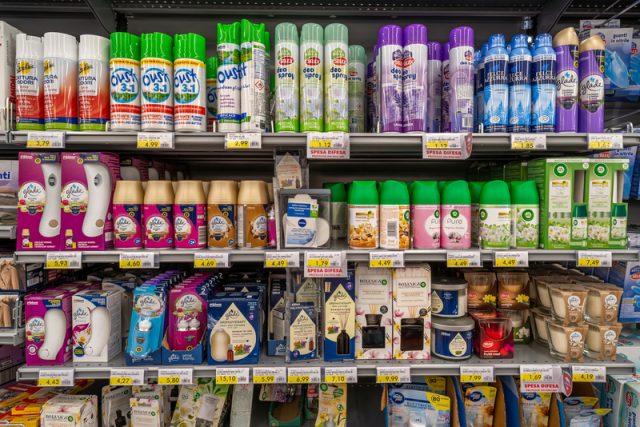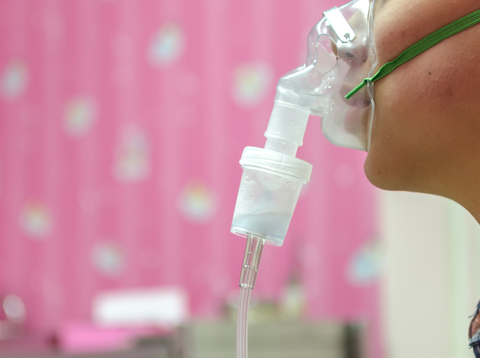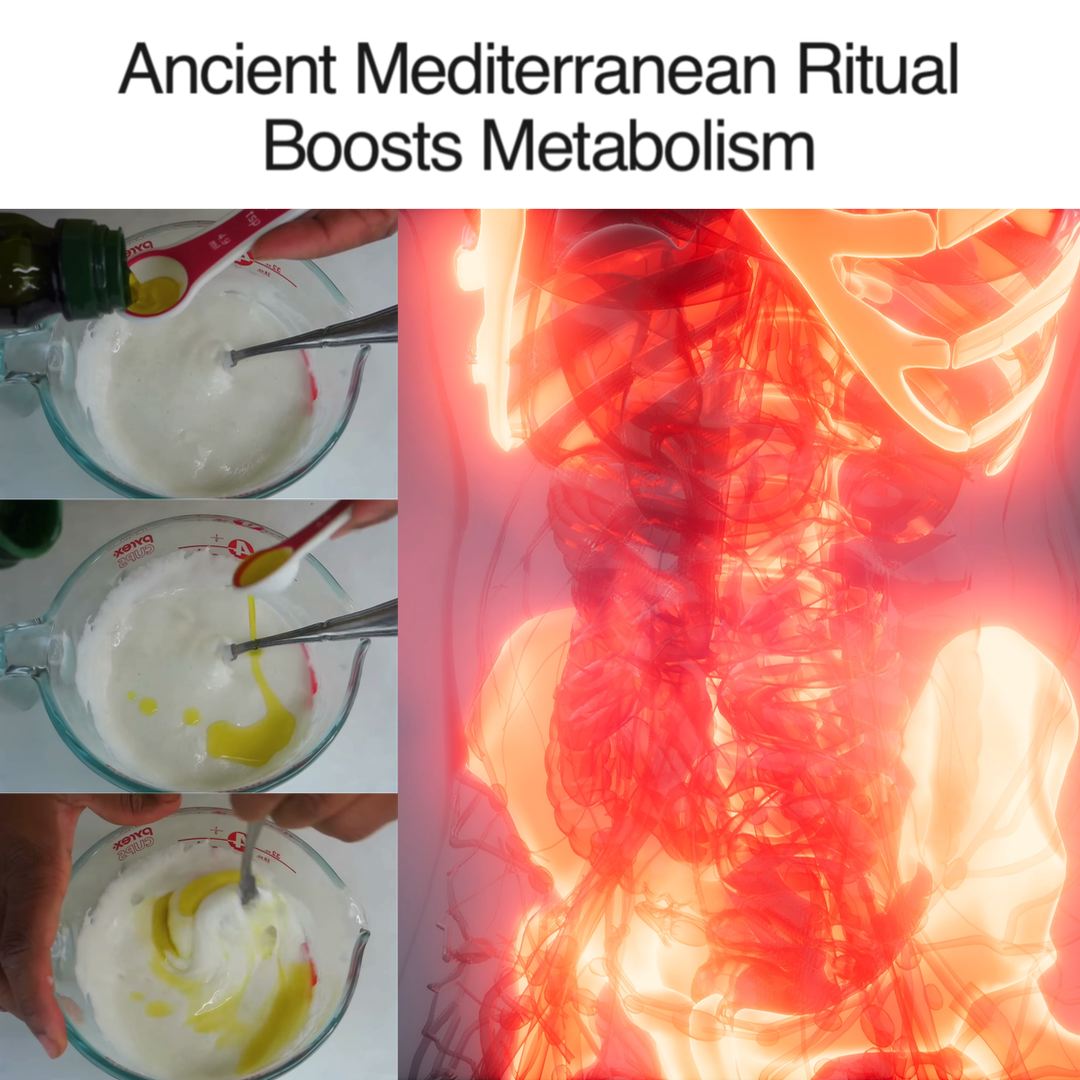
Introduction Air fresheners are a common fixture in many households, valued for their ability to mask odors and enhance indoor air quality with a range of fragrances. However, their convenience may come at a hidden cost to health and well-being.
Hidden Dangers of Air Fresheners
Most air fresheners contain a cocktail of chemicals, including carcinogens and endocrine disruptors that pose significant health risks. Volatile organic compounds (VOCs), common in these products, can cause long-term health issues ranging from respiratory distress to neurological problems.
Specific Harmful Chemicals
Key offenders found in air fresheners include formaldehyde, naphthalene, phthalates, and dichlorobenzene. Formaldehyde is a well-known carcinogen, while naphthalene has been linked to tissue damage and cancer. Phthalates interfere with hormone function, and dichlorobenzene can irritate airways and harm the liver.

Risks to Vulnerable Groups
Children, pets, and individuals with pre-existing conditions like asthma or allergies are particularly susceptible to the effects of air fresheners. Continuous exposure can exacerbate asthma symptoms and contribute to developmental delays in children.
Natural Alternatives to Air Fresheners
Instead of chemical-laden air fresheners, consider natural alternatives. Essential oils, house plants, and homemade recipes like baking soda or vinegar solutions can effectively improve indoor air quality without the health risks associated with synthetic fragrances.
Conclusion
While air fresheners can make our homes smell more pleasant, the potential health risks they pose cannot be ignored. Opting for natural alternatives can help maintain a fresh and safe indoor environment. Embracing these safer options not only benefits personal health but also contributes to a healthier planet.














